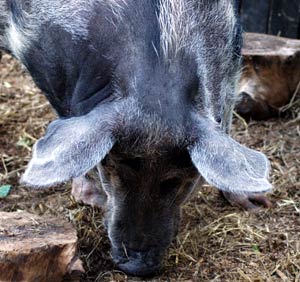When you have a strict practice that doesn’t ignore the weak points of your practice, then eventually you will have good practice. – Shunyru Suzuki, quoted in Crooked Cucumber by David Chadwick
A friend of mine, Keith Hill, notes (as have others) that on one level who we are is the sum of how we have spent our time. The process of how we choose to spend our time comes down to a question of Life Design, and whether or not we are being intentional about the project of creating ourselves through these choices. To me the phrase Life Design has the appeal of framing our decisions about time as a creative activity, and an intentional one.
Some of the most consequential choices we make with time are those around the activities that constitute our practice. (I consider these to include everything that is part of working on our craft – of course practicing an instrument, but also exercise, meditation, yoga – all of which support the body and mind to meet the demands of music.) As Suzuki points out, there are inevitably weak points in our practice. If we are serious, it is vital that we make an effort to address those weaker points. It may be an area of technique that’s not as strong as other aspects, or a type of activity that we haven’t developed a habit of doing. For example, for me running is a habitual part of my life, but not so much strength training. Or in music, practicing trombone is habitual, but not so much practicing piano or stick technique.
Apropos of addressing the areas of practice that we are currently neglecting, I recently suggested to a student how to shoehorn in a type of skill practice she doesn’t already have a strong habit around (score reading) – to piggyback it on top of another related activity for which she already does have a well developed habit (practicing piano). This is a well-known strategy of habit formation: you associate something new you want to establish with something you’re already doing without having to think much about it, and the momentum of the original habit gives us a running start on something new, without the onerous feeling of having to find time for a whole new activity.
Twyla Tharp discusses harnessing the momentum of habit in the first chapter of her excellent book The Creative Habit – great further reading for anyone interested in delving more into this. Briefly, she describes her own firmly established habit of falling out of bed early every day, throwing on workout clothes, and going directly to the dance studio for her morning workout. This is her morning ritual – a virtuous habit which requires no decision or self-prodding, but which supports and confirms who she intends herself to be.
This is where the creative aspect of Life Design comes in: what piggybacking strategy will work best to help us reinforce a weaker aspect of our practice? What established activity makes the most sense to lead into the new one? Where do we do each activity? Not having to change locations is an important consideration. What pattern would create the greatest sense of flow and ease? The less shift in mental gears the better. That’s why the example of piggybacking score reading on top of practicing piano works so well – you’re already in the right place and mode. Other examples – segue directly from meditation to stick technique practice, or from trombone to piano practice, or from the treadmill to the weights room.
If we’re serious about improving ourselves and our practice in some way, this means some choices about how we spend our time – a well considered Life Design adaptation that helps us more effectively address the weaker points of our practice. It’s important to make change as easy as possible, and to be creative and have fun with this – the more fun we can make the process, the more likely we will succeed.
We all have a lot of inertia around our habits of time; any trick to make these changes easier and more durable can make a big difference between making something stick and not. Some questions worth revisiting continually – given who I want to be, what does that mean for how I spend my time? How can I improve my practice?
